Home>Gardening & Outdoor>Landscaping Ideas>How To Get Brown Grass Green
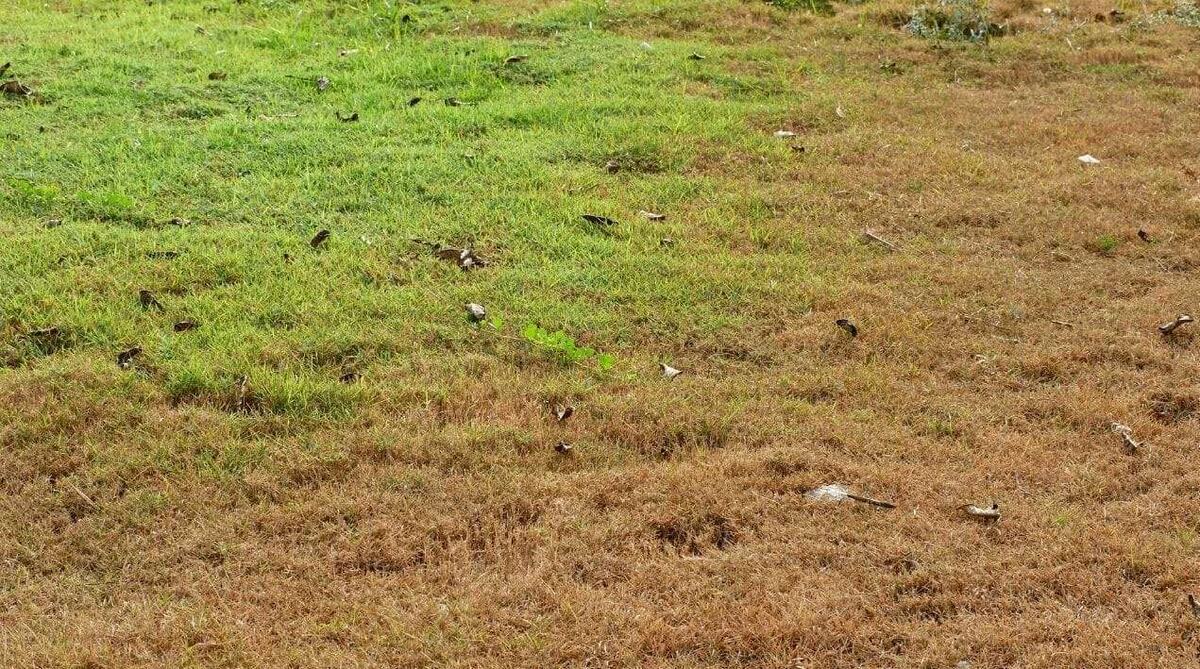

Landscaping Ideas
How To Get Brown Grass Green
Modified: March 29, 2024
Learn effective landscaping ideas to transform your brown grass into a lush green lawn. Discover expert tips for revitalizing your outdoor space.
(Many of the links in this article redirect to a specific reviewed product. Your purchase of these products through affiliate links helps to generate commission for Storables.com, at no extra cost. Learn more)
Introduction
Welcome to the ultimate guide on reviving brown grass and transforming your lackluster lawn into a lush, vibrant oasis. Nothing dampens the beauty of a well-tended garden quite like the sight of brown, lifeless grass. However, fear not, as with the right knowledge and techniques, you can breathe new life into your lawn and restore its green splendor.
Whether your brown grass is the result of scorching heat, inadequate watering, nutrient deficiencies, compacted soil, or a combination of these factors, this comprehensive guide will equip you with the expertise needed to rejuvenate your lawn. From understanding the underlying causes of brown grass to implementing effective watering, fertilizing, overseeding, and aerating strategies, we’ve got you covered.
By the end of this guide, you’ll be well-versed in the art of lawn care and armed with the insights to revive your brown grass, ensuring that it flourishes and remains a source of pride for years to come. So, roll up your sleeves and get ready to embark on a journey toward a greener, healthier lawn!
Key Takeaways:
- Strategic watering, mindful fertilization, and proactive overseeding can revive brown grass, transforming your lackluster lawn into a lush, vibrant oasis.
- Understanding the root causes of brown grass and implementing targeted techniques like deep watering and soil aeration are crucial for sustaining a resilient, green lawn.
Read more: How To Get Your Brown Grass Green Again
Understanding the Causes of Brown Grass
Before diving into the remedies for brown grass, it’s crucial to understand the underlying factors that can lead to its lackluster appearance. By identifying the root causes, you can effectively address the issues and prevent future bouts of discoloration. Here are some common culprits behind brown grass:
- Inadequate Watering: Insufficient or irregular watering can quickly turn your lawn into a patchwork of brown spots. During periods of drought or intense heat, grass may struggle to retain its lush green hue without proper hydration.
- Soil Compaction: Compacted soil inhibits the circulation of air, water, and nutrients to the grass roots, leading to stress and browning. Heavy foot traffic, machinery, and poor soil structure are common causes of compaction.
- Heat Stress: Prolonged exposure to scorching temperatures can cause grass to enter a state of dormancy, resulting in a brown, straw-like appearance. Additionally, heat stress can exacerbate the effects of inadequate watering.
- Nutrient Deficiencies: A lack of essential nutrients, particularly nitrogen, can manifest as yellowing or browning of the grass. Poor soil quality or insufficient fertilization may contribute to these deficiencies.
- Thatch Buildup: Excessive thatch, a layer of dead grass and organic matter, can impede water penetration and nutrient absorption, leading to brown patches and reduced vigor in the lawn.
By recognizing these potential causes, you can tailor your lawn care approach to address the specific issues plaguing your grass. In the subsequent sections, we’ll explore targeted strategies to combat each of these factors and revive your brown grass, ultimately restoring its verdant allure.
Watering Techniques for Reviving Brown Grass
Proper watering is the cornerstone of a healthy, vibrant lawn. When it comes to reviving brown grass, strategic watering techniques can work wonders in restoring its lush green hue. Here’s a comprehensive look at effective watering practices to breathe new life into your lawn:
- Deep and Infrequent Watering: Rather than frequent shallow watering, aim for deep, infrequent watering sessions. This encourages the development of deep roots, making the grass more resilient to drought and heat stress. Water the lawn until the soil is moist to a depth of 6 inches, typically providing 1 to 1.5 inches of water per week.
- Early Morning Watering: Schedule your watering sessions for the early morning, ideally between 4 a.m. and 10 a.m. This allows the grass to dry off during the day, reducing the risk of fungal diseases, while ensuring optimal absorption of moisture before the heat of the sun intensifies.
- Use a Sprinkler System or Irrigation: Consider investing in a sprinkler system or irrigation setup to ensure uniform water distribution across the lawn. Rotating or oscillating sprinklers can cover large areas, while drip irrigation is ideal for delivering precise amounts of water directly to the root zones.
- Monitor Soil Moisture: Keep a close eye on soil moisture levels to prevent overwatering or underwatering. Utilize a soil moisture meter or simply probe the soil with a screwdriver to gauge moisture depth and adjust your watering schedule accordingly.
- Utilize Rain Gauges: Install rain gauges in your yard to accurately measure rainfall. This allows you to supplement natural rainfall with additional watering as needed, ensuring that your grass receives adequate moisture during dry spells.
By implementing these watering techniques, you can effectively combat the effects of drought, heat stress, and inadequate hydration, promoting the revival of your brown grass. Consistent, mindful watering is a pivotal step in nurturing a resilient, verdant lawn that serves as a testament to your dedication to proper lawn care.
To get brown grass green, water deeply and less frequently, mow at a higher setting, and fertilize with a nitrogen-rich fertilizer.
Fertilizing Tips for Greening Up Brown Grass
Reviving brown grass often necessitates a targeted approach to replenishing essential nutrients and bolstering the overall health of the lawn. Fertilization plays a pivotal role in promoting lush, green growth and revitalizing lackluster grass. Here are some invaluable tips for effectively fertilizing your lawn to restore its vibrancy:
- Soil Testing: Prior to fertilizing, conduct a soil test to assess its pH and nutrient levels. This insight allows you to select the most suitable fertilizer and determine the appropriate application rate, ensuring that your grass receives the specific nutrients it requires for rejuvenation.
- Choose the Right Fertilizer: Select a high-quality, balanced fertilizer with a formulation tailored to the needs of your lawn. Look for a fertilizer with a nitrogen-phosphorus-potassium (N-P-K) ratio that aligns with the recommendations from your soil test results.
- Apply Fertilizer Mindfully: Follow the instructions on the fertilizer package meticulously, applying it evenly across the lawn to prevent uneven greening or potential damage to the grass. Consider using a broadcast spreader for uniform coverage.
- Timing Is Key: Opt for fertilization during the active growing season of your grass, typically in the early spring and fall. Avoid fertilizing during periods of heat stress or drought, as this can further stress the grass and impede its recovery.
- Consider Slow-Release Fertilizers: Slow-release fertilizers provide a steady, gradual supply of nutrients to the grass over an extended period. This promotes sustained growth and minimizes the risk of nutrient runoff, ensuring that the grass receives the nourishment it needs for revitalization.
By adhering to these fertilizing tips, you can infuse your lawn with the essential nutrients it craves, kickstarting the process of greening up brown grass and fostering a resilient, vibrant lawn. Fertilization serves as a cornerstone of effective lawn care, contributing to the long-term health and beauty of your outdoor space.
Overseeding and Aerating for Brown Grass Revival
When seeking to revive brown grass and breathe new life into your lawn, overseeding and aerating emerge as indispensable techniques for promoting robust, green growth and rejuvenating lackluster areas. These proactive measures can address thinning grass, bare patches, and soil compaction, ultimately contributing to a revitalized, resilient lawn. Here’s a closer look at the benefits and best practices for overseeding and aerating:
- Overseeding: Overseeding involves introducing new grass seed to existing turf, bolstering its density and filling in bare or brown spots. Select high-quality grass seed that aligns with the existing turf species, and distribute it evenly across the lawn to encourage uniform growth and a lush, rejuvenated appearance.
- Aerating: Aerating the soil involves perforating the lawn to alleviate compaction and enhance air, water, and nutrient penetration to the grassroots. This promotes a healthier root system and facilitates the uptake of essential resources, fostering improved growth and resilience in the grass.
- Timing: Optimal timing for overseeding and aerating is during the active growth phase of the grass, typically in the early fall or spring. These seasons offer favorable conditions for seed germination and grass recovery, maximizing the effectiveness of these revitalization techniques.
- Post-Treatment Care: Following overseeding and aerating, maintain consistent watering to facilitate seed germination and support the recovery of the existing grass. Avoid mowing for a few weeks to allow the new seedlings to establish themselves and contribute to the overall rejuvenation of the lawn.
By incorporating overseeding and aerating into your lawn care regimen, you can address the underlying issues contributing to brown grass, fortify the resilience of your lawn, and cultivate a verdant, revitalized outdoor space. These proactive measures lay the groundwork for sustained health and vibrancy, ensuring that your lawn remains a source of pride and natural beauty.
Read more: How Long For Brown Grass To Turn Green
Conclusion
Congratulations on embarking on the journey to revive your brown grass and transform your lawn into a thriving, verdant sanctuary. By delving into the causes of brown grass and implementing targeted strategies for revival, you’ve taken a proactive step toward nurturing a resilient and vibrant outdoor space. As you conclude this comprehensive guide, here are some key takeaways to reinforce your newfound expertise in brown grass revival:
- Understanding the Root Causes: By recognizing factors such as inadequate watering, soil compaction, heat stress, nutrient deficiencies, and thatch buildup, you can tailor your approach to address the specific issues affecting your lawn.
- Strategic Watering Techniques: Embracing deep, infrequent watering, early morning irrigation, and mindful monitoring of soil moisture can effectively combat drought and heat stress, promoting the revival of brown grass.
- Fertilization for Vitality: Conducting a soil test, selecting the right fertilizer, and applying it with precision during the active growing season can infuse your lawn with essential nutrients, fostering lush, green growth and revitalizing brown grass.
- Overseeding and Aerating for Resilience: Introducing new grass seed through overseeding and alleviating soil compaction via aeration can bolster the density and health of your lawn, contributing to its overall resilience and rejuvenation.
As you continue to tend to your lawn, remember that consistency and attentiveness are key to sustaining the health and beauty of your grass. By nurturing your lawn with the knowledge and techniques outlined in this guide, you’re well-equipped to overcome the challenges of brown grass and cultivate a lush, vibrant outdoor haven.
So, roll up your sleeves, put your newfound expertise into practice, and watch as your brown grass transforms into a testament to your dedication and passion for proper lawn care. Here’s to a future filled with the lush, green expanse of a revitalized lawn, serving as a source of pride and natural splendor for you and your loved ones to enjoy.
Frequently Asked Questions about How To Get Brown Grass Green
Was this page helpful?
At Storables.com, we guarantee accurate and reliable information. Our content, validated by Expert Board Contributors, is crafted following stringent Editorial Policies. We're committed to providing you with well-researched, expert-backed insights for all your informational needs.

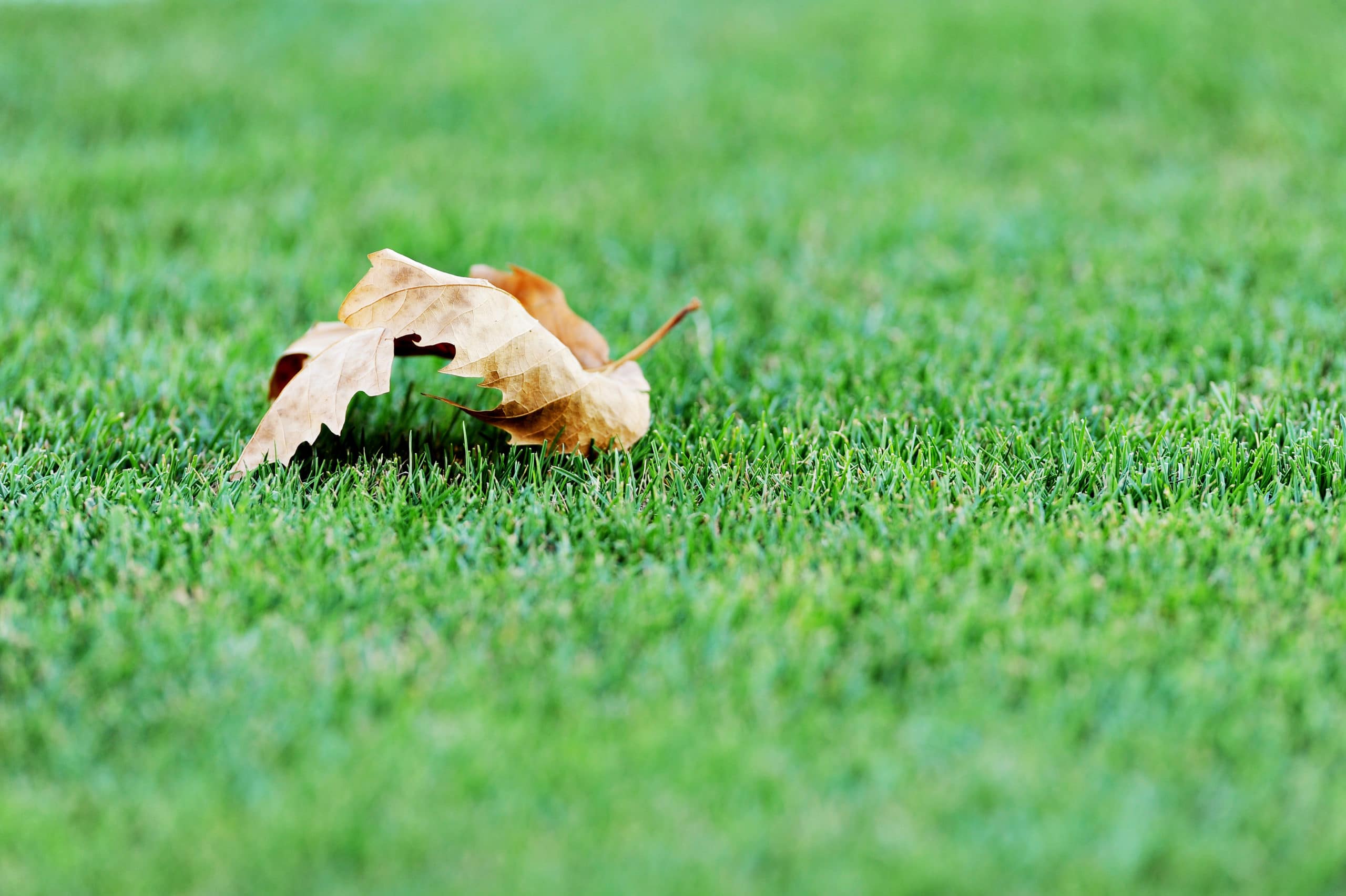

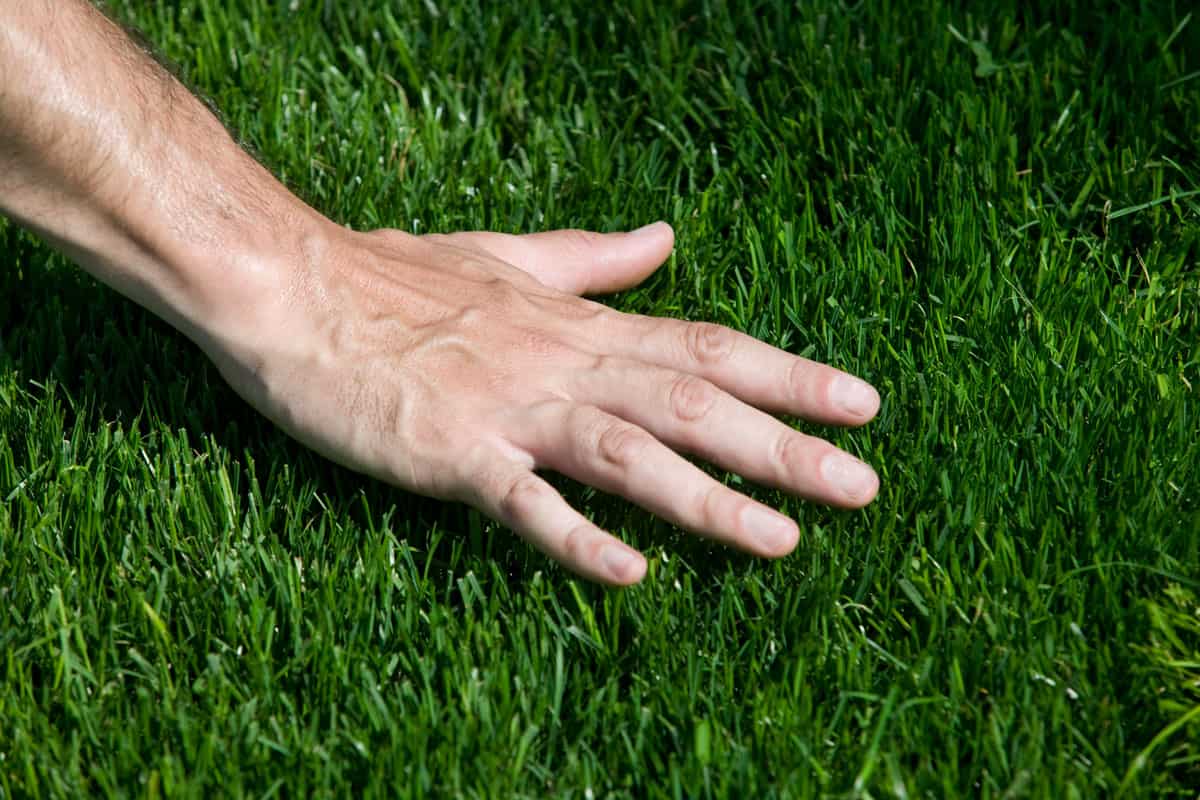
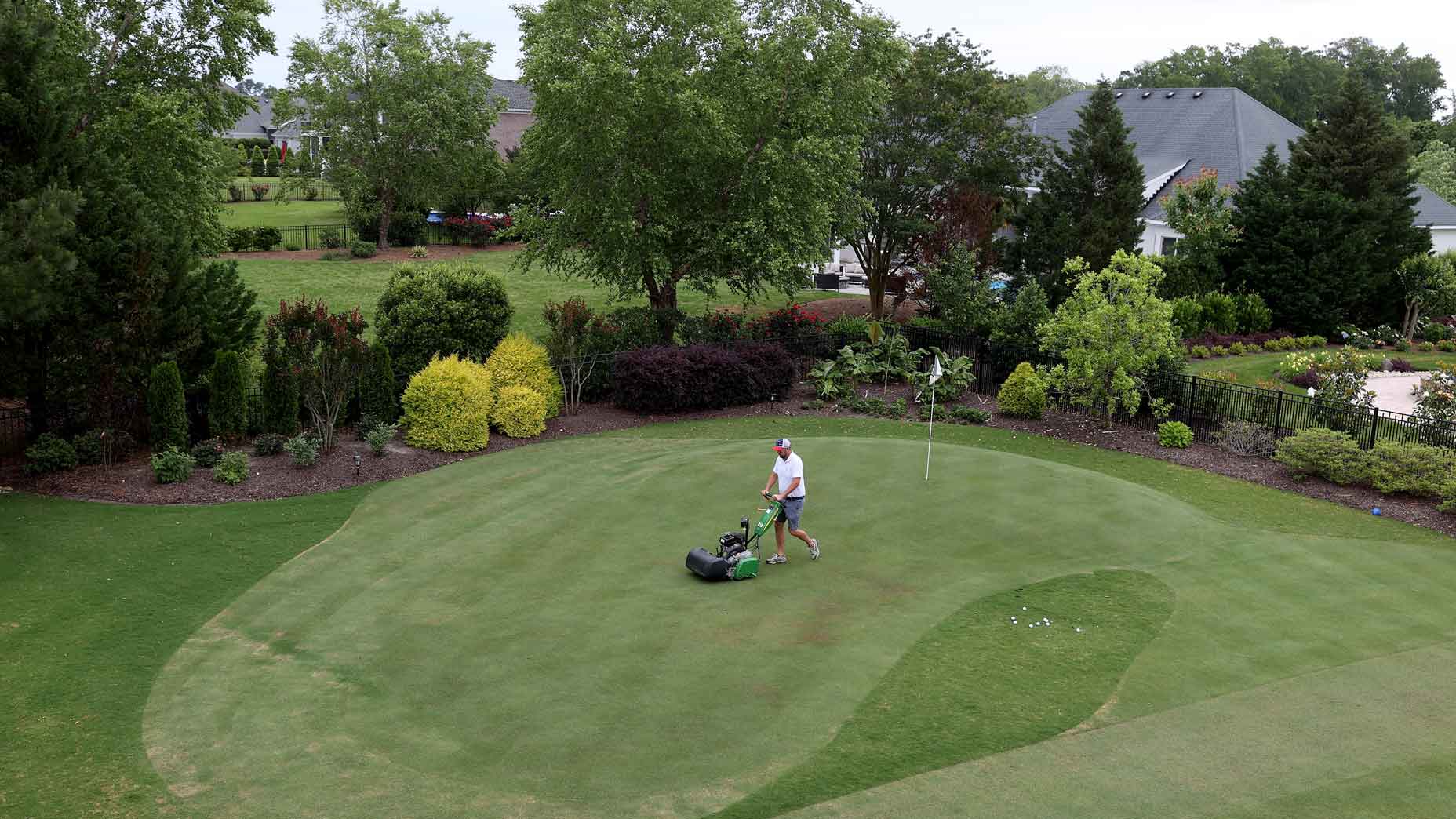
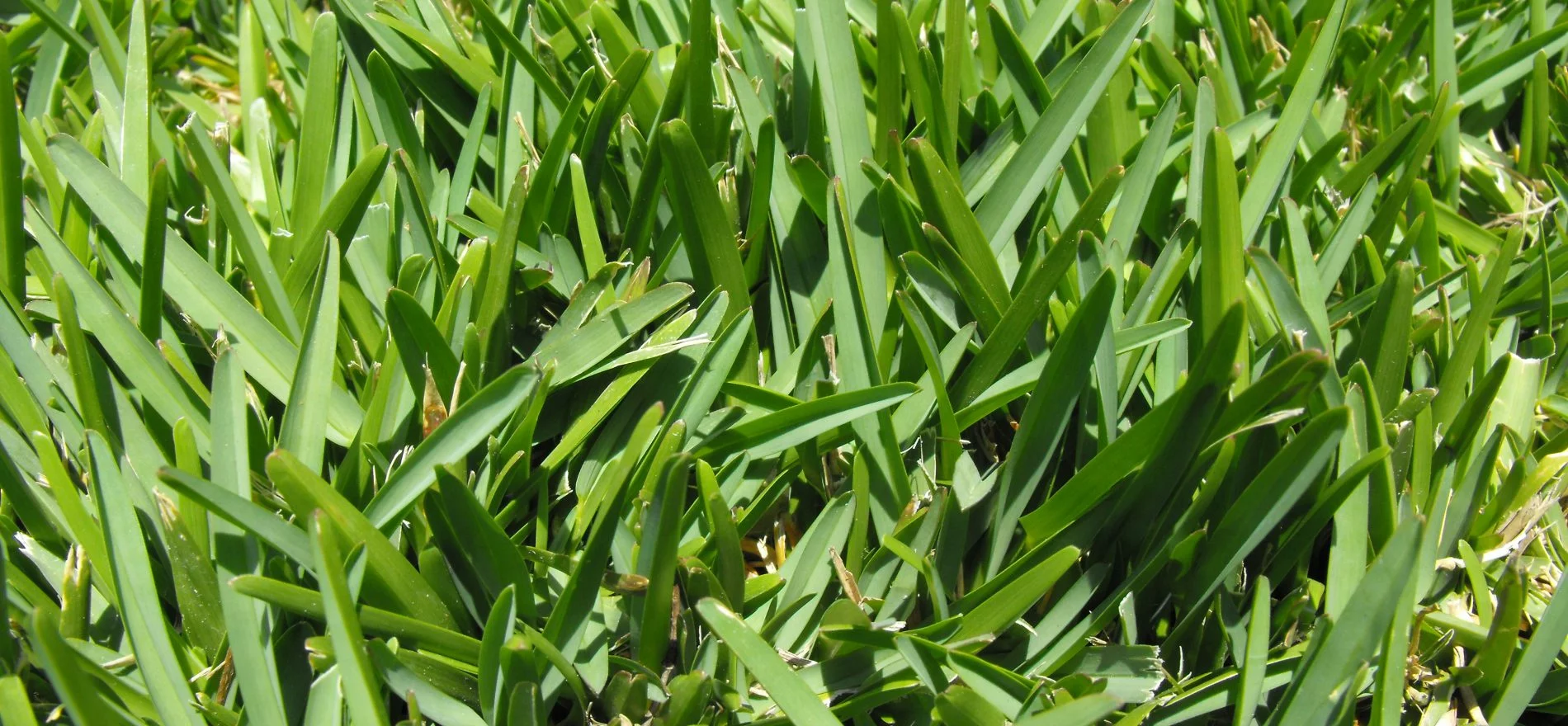
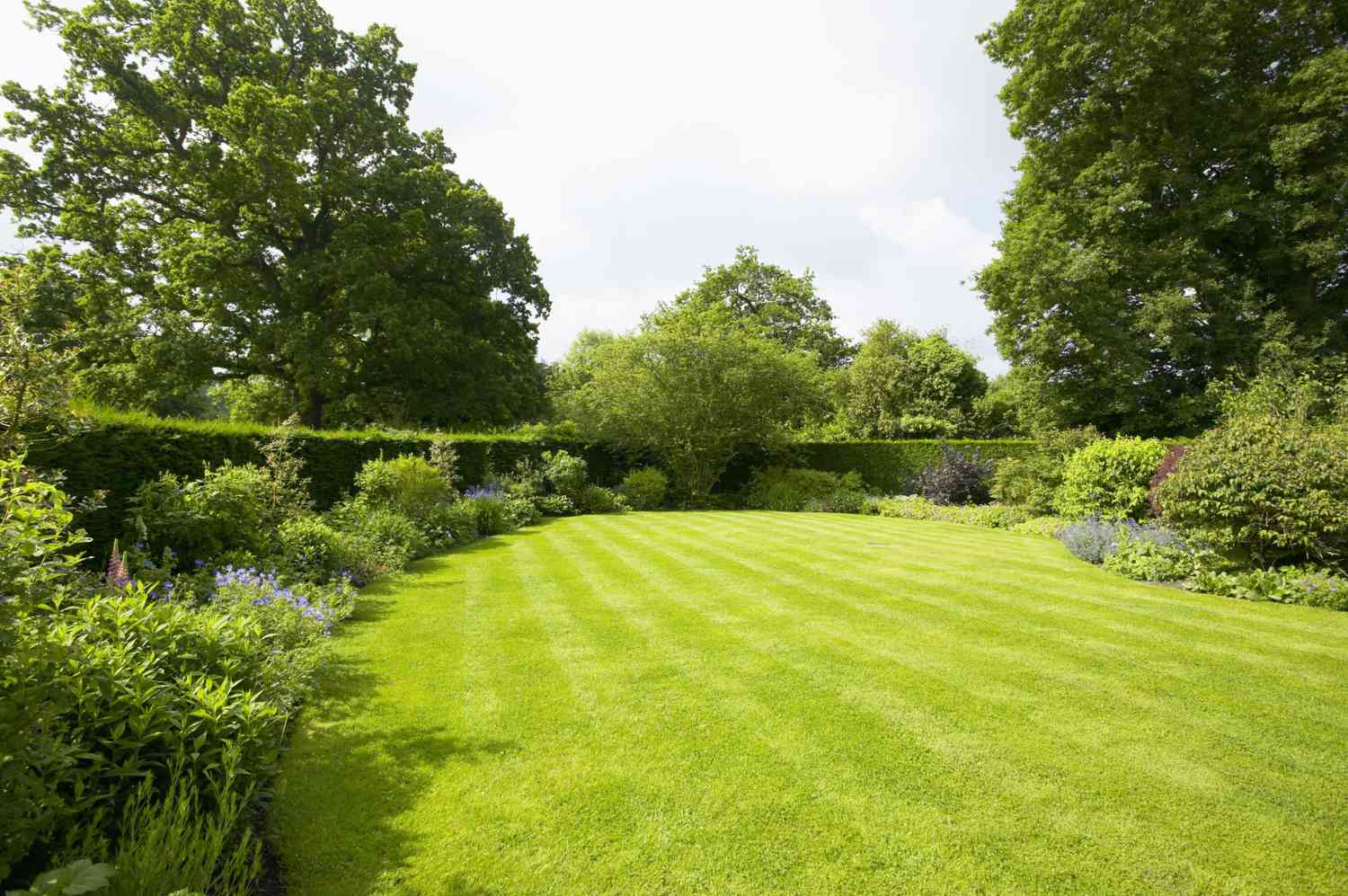
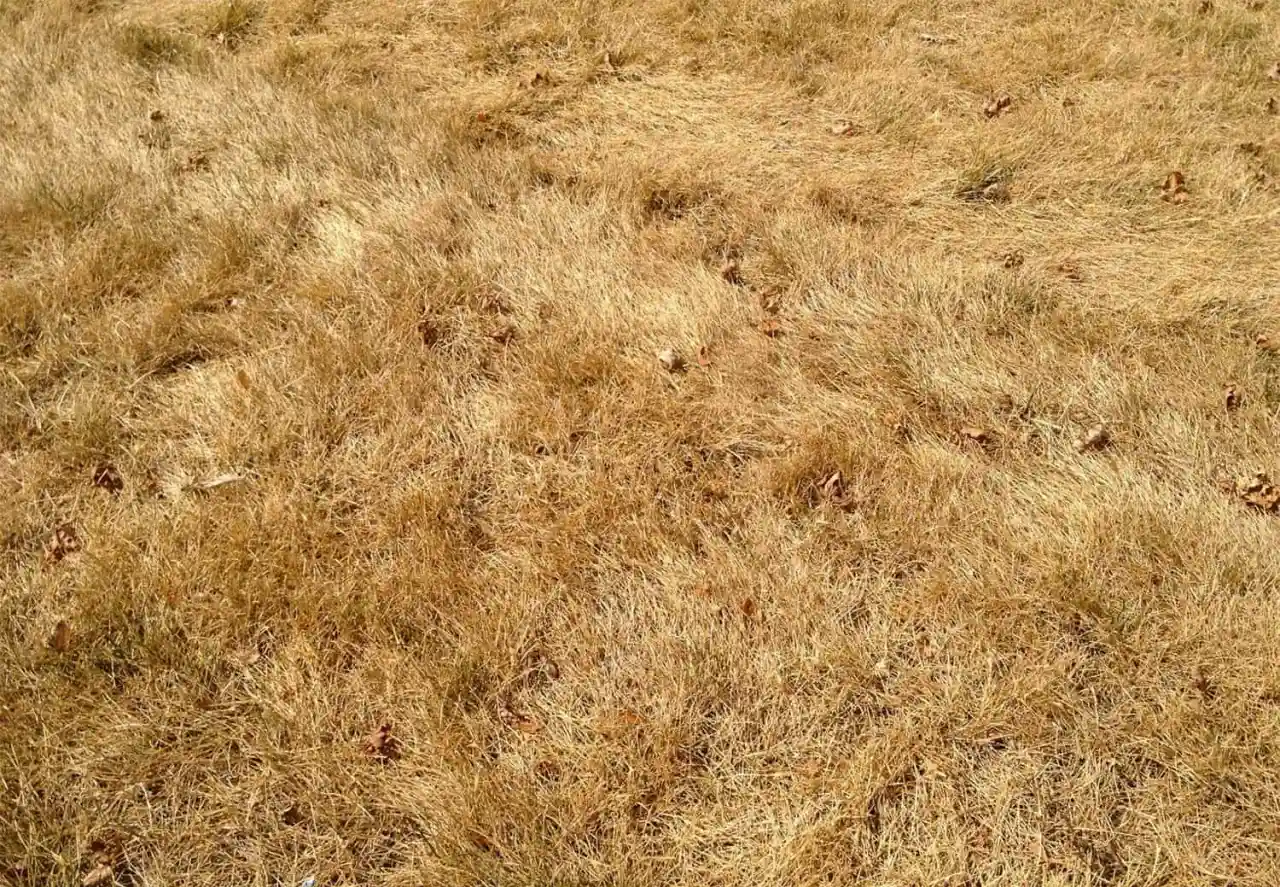
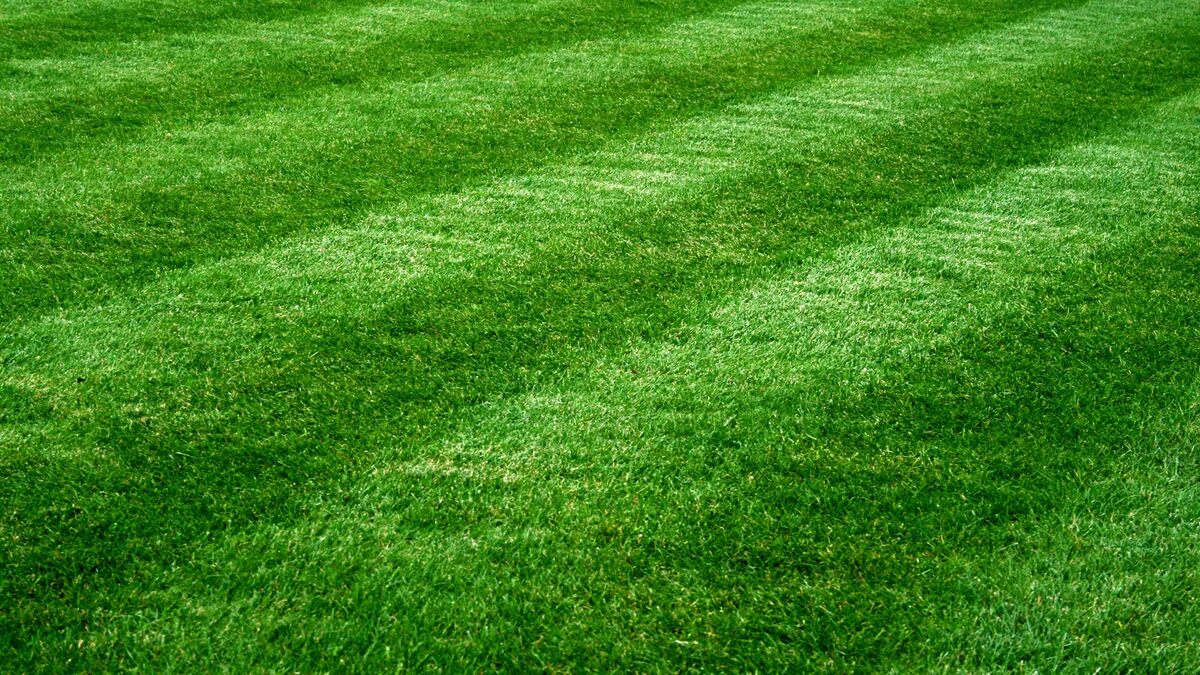
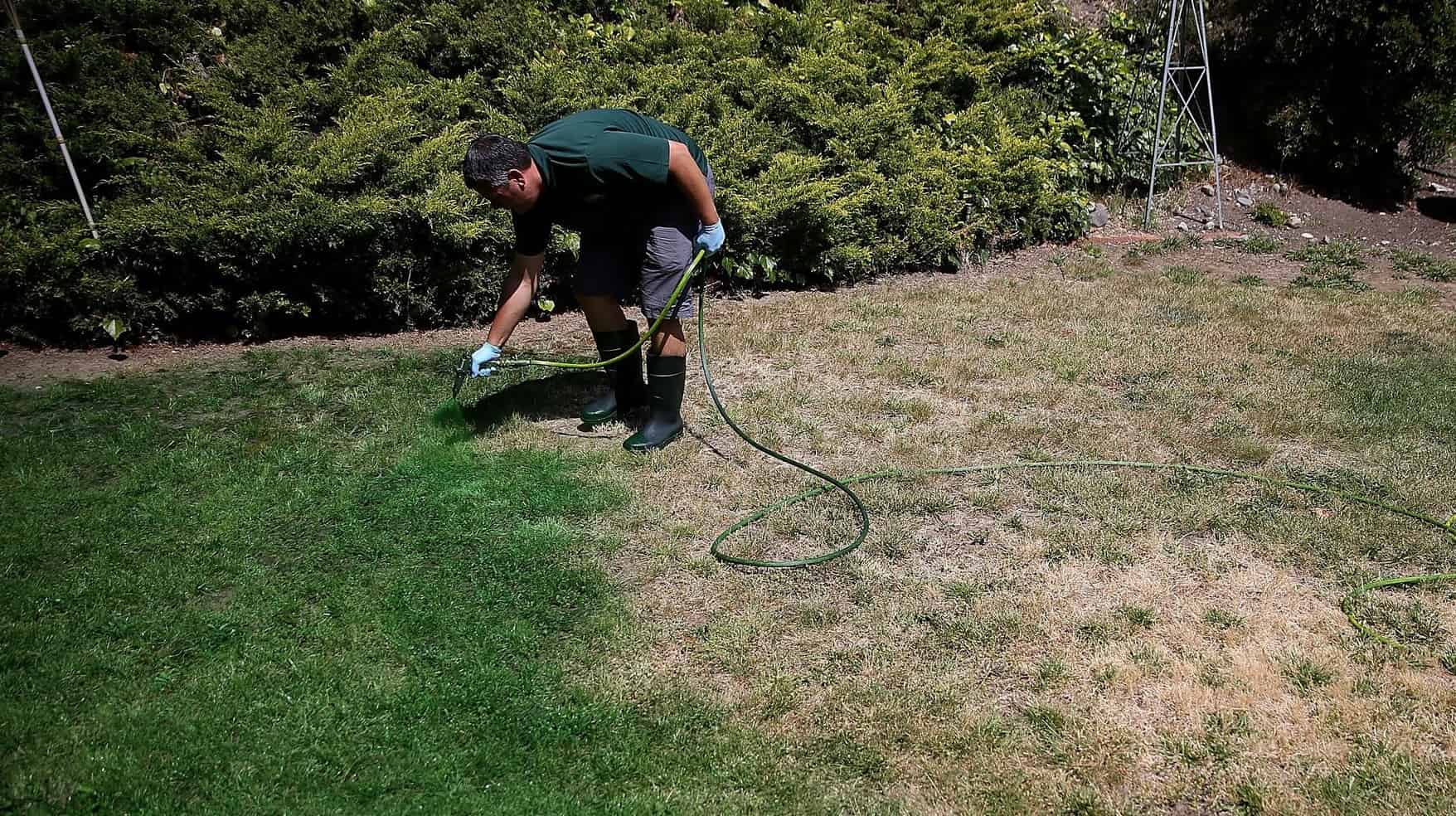
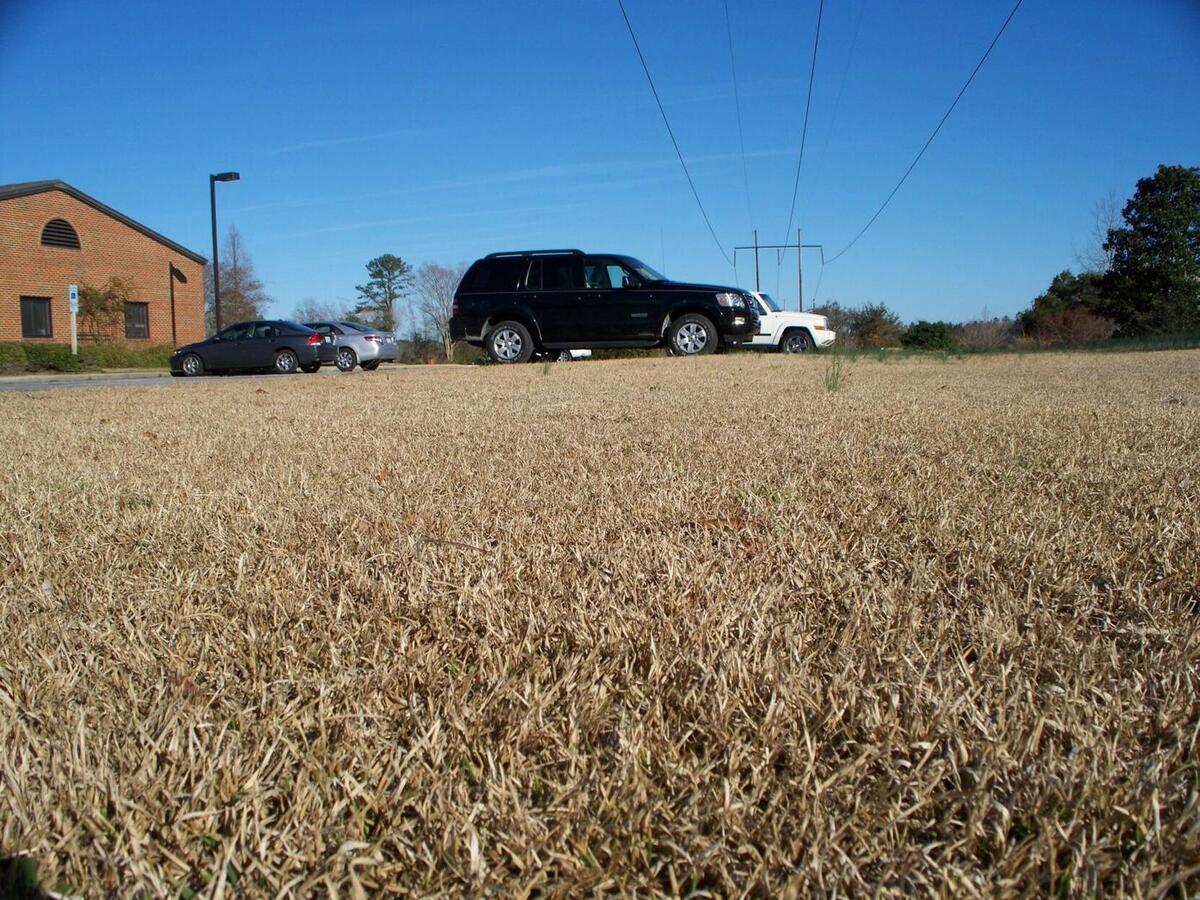

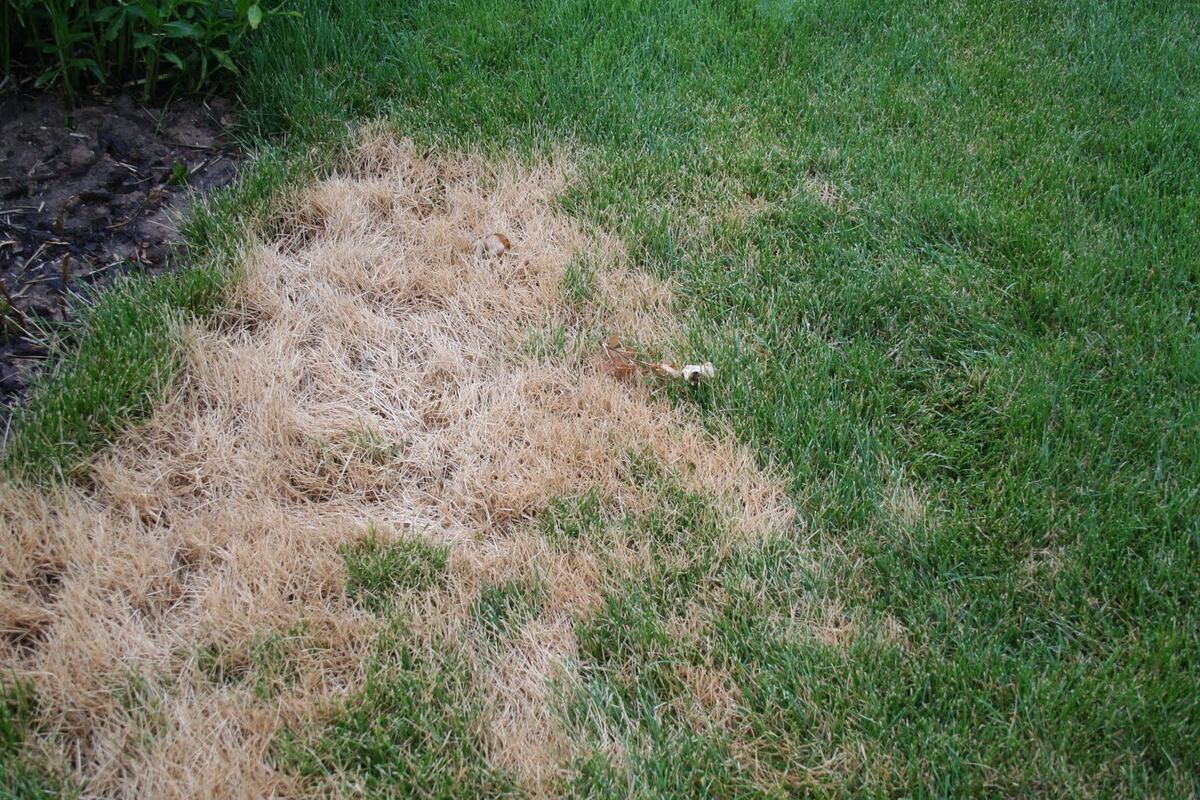


0 thoughts on “How To Get Brown Grass Green”